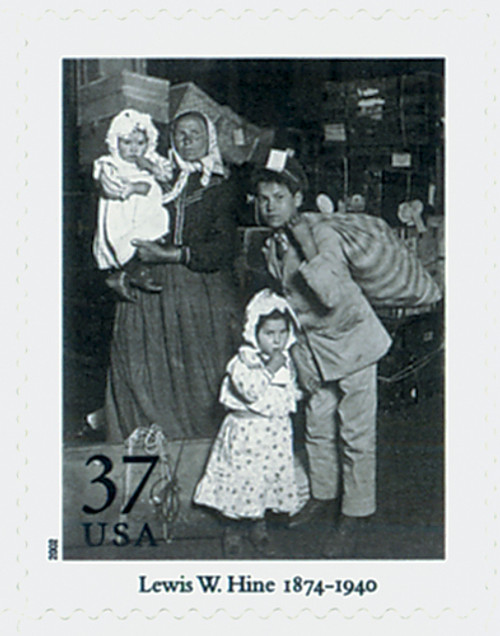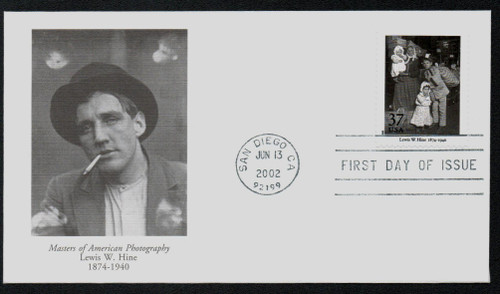
# 3649e - 2002 37c Masters of American Photography: Lewis W. Hine
37¢ Looking for Lost Luggage, Ellis Island
by Lewis W. Hine
Masters of American Photography
Quantity: 3,000,000
Printing Method: Photogravure
Color: Multicolored
Ellis Island Closes
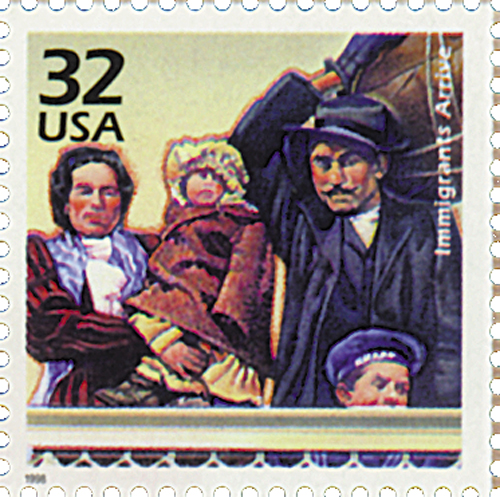
On November 12, 1954, Ellis Island closed, after serving as America’s busiest immigration inspection station for over 60 years.
In 994 A.D., Native Americans began inhabiting what are now Liberty and Ellis Islands. These islands were originally known as Oyster Islands, named for the many shell beds in the area. Oysters were likely a major food source for the Native Americans during this time. When Europeans came to the Hudson River, disease and other factors forced the Native Americans to move north or west.
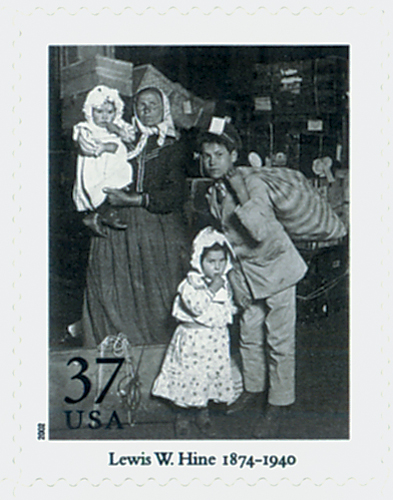
Dutch colonist Isaac Bedloe came to what is now the New York Harbor in 1667. He owned one of the Oyster Islands from 1669 until 1673. After his death, the island’s name was changed from Love Island to Bedloe’s Island. Over the next hundred years, Bedloe’s Island changed hands many times. It served as a quarantine station twice, a summer residence for a wealthy Englishman, and even a hospital. It was later named for one of these owners, New York merchant Samuel Ellis. In 1807, the U.S. Army turned Bedloe’s Island into a military base. This base was constructed in the shape of an 11-point star and was named Fort Wood.
Up until 1890, states processed incoming immigrants. On April 18, 1890, the federal government assumed this responsibility and set aside $75,000 for the construction of the country’s first immigration station at Ellis Island. After using landfill to double the island’s size, the first immigration building was constructed.
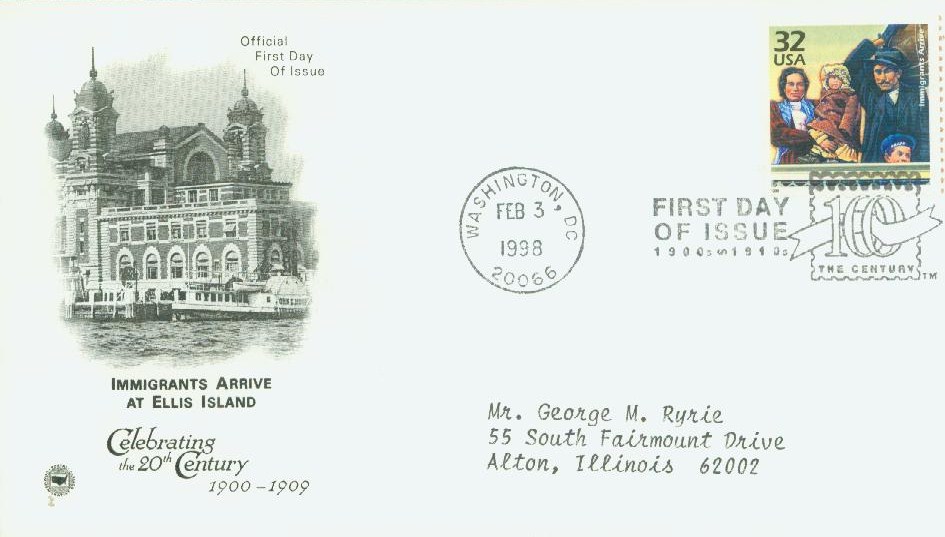
The station officially opened on January 1, 1892. Three large ships arrived that day, with over 700 immigrants aboard them. Reportedly, 17-year-old Annie Moore was the first person processed at the new station. Moore and her two younger brothers had come to the United States from County Cork, Ireland, on the steamship the SS Nevada. They had crossed the Atlantic to reunite with their parents who had previously immigrated and taken up residence in New York City.
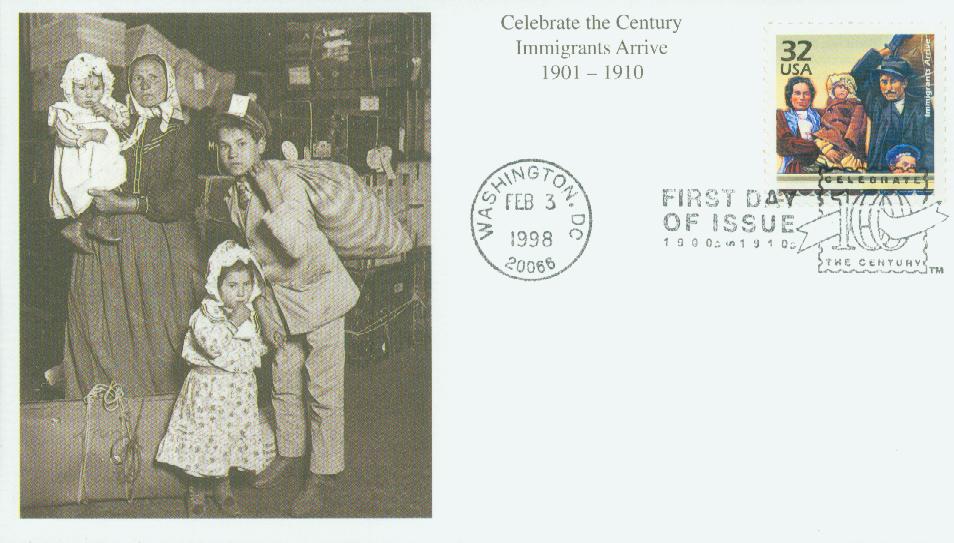
Over the course of the first year, Ellis Island processed about 450,000 immigrants. But that quickly slowed down to less than 20,000 each year. The screening process took from three to seven hours. Doctors inspected the newcomers in the Registry Room. During these “six-second physicals” the physicians looked for infectious diseases, but also became adept at diagnosing anemia, goiters, and other conditions. In addition to rating each immigrant’s physical condition, a legal inspection was also done. Before leaving their homeport, people had filled out a 29-question document, which was screened by an inspector. Those who the inspectors thought would be burdens to society were often deported.
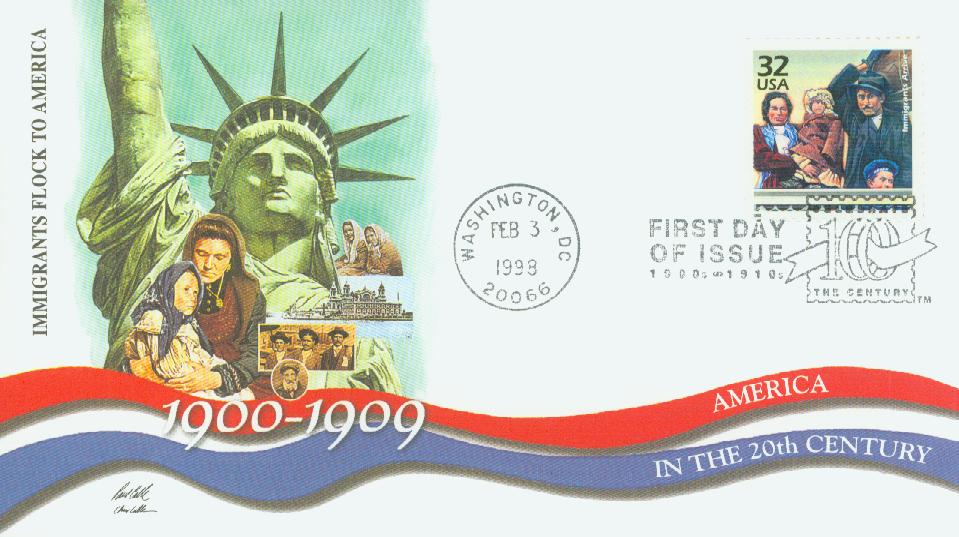
Disaster struck on June 15, 1897, when a fire destroyed the wooden buildings on Ellis Island. The government immediately announced that new, fireproof buildings would be built to replace them. The new main immigration building opened on December 17, 1900, with several other buildings constructed shortly after. It was soon decided the island’s size would need to be increased to make room for a new hospital complex.
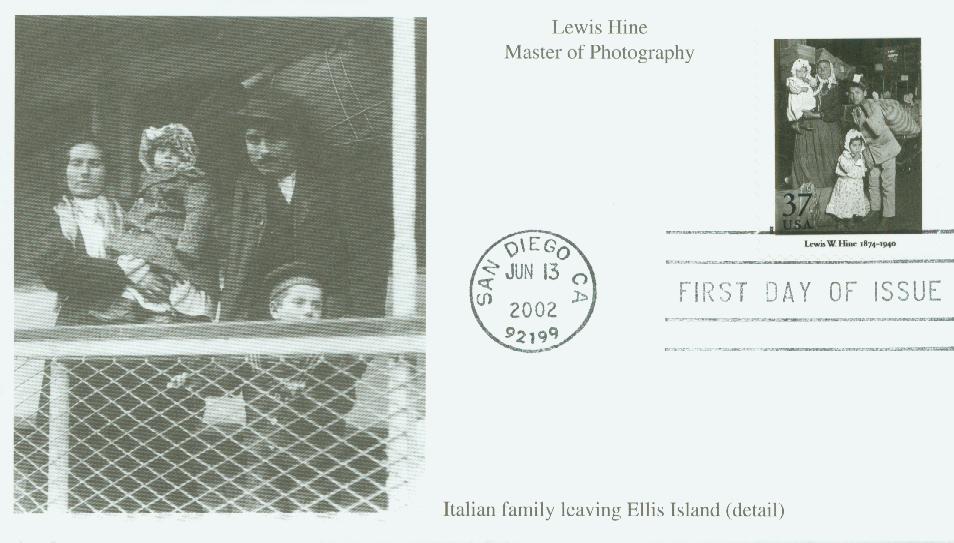
The main hospital building opened in March 1902 but didn’t have enough space or equipment to handle the unbelievable number of patients. In the next seven years, a hospital administration building was built, a new hospital extension, a ward for immigrants with mental illnesses, a contagious disease hospital, and isolation wards. The original three-acre island grew to over twenty-seven acres using sediment emptied from ocean-going ships and possibly excess dirt from the building of New York City’s subways.
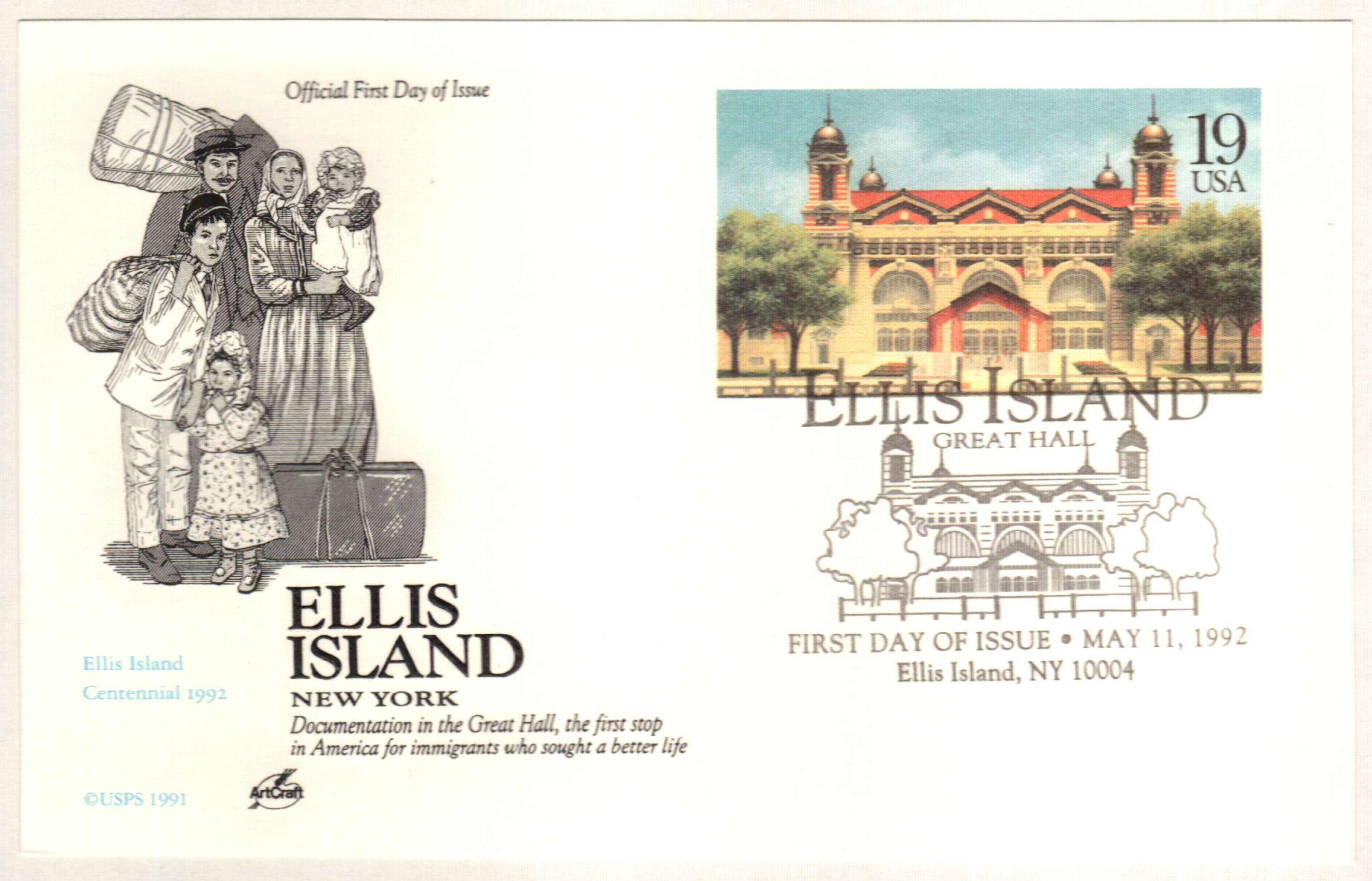
By 1924, the number of immigrants allowed to enter the United States had been significantly reduced as a result of new quota laws. These policies put a huge strain on Ellis Island as there were now thousands of immigrants stranded on its grounds while they waited to be deported. There were times when the overcrowding became too much and officials were forced to admit more people into the country than was legally allowed, according to the quotas.
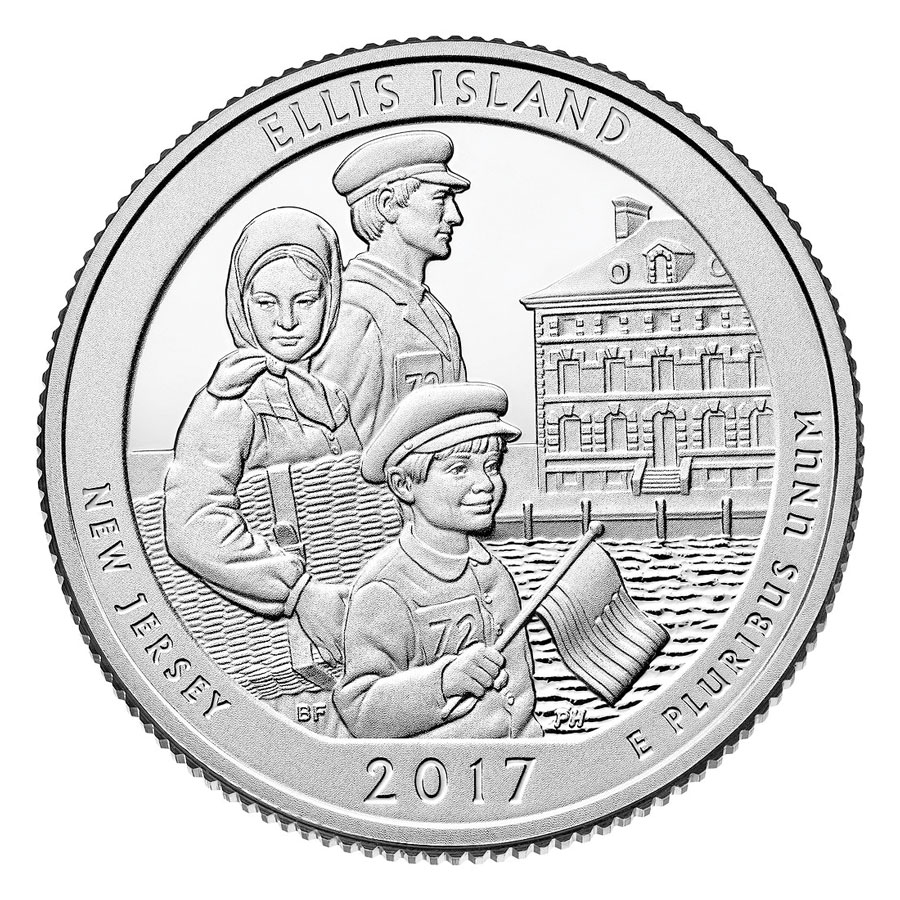
Further immigration laws made Ellis Island virtually obsolete. The laws reduced immigration to a trickle and established new inspection points abroad. This made it unnecessary for people to even go through Ellis Island. During this time, there were more deportations from the island than there were admissions. Immigration and Naturalization Services closed their offices on Ellis Island on November 12, 1954. By March 1955, the island had been shut down. The federal government declared Ellis Island “surplus federal property” and was abandoned.
Ellis Island appeared forgotten until 1965. President Lyndon B. Johnson signed a proclamation combining Ellis Island with the Statue of Liberty National Monument. The Statue of Liberty’s 100th-anniversary celebration in 1986 inspired a project to renovate both the statue and the main immigration building on Ellis Island. Thanks to this project, today’s visitors can experience a small part of what over 12 million immigrants did from 1892-1954.
Click here for more about the Statue of Liberty and Ellis Island National Monument.
37¢ Looking for Lost Luggage, Ellis Island
by Lewis W. Hine
Masters of American Photography
Quantity: 3,000,000
Printing Method: Photogravure
Color: Multicolored
Ellis Island Closes

On November 12, 1954, Ellis Island closed, after serving as America’s busiest immigration inspection station for over 60 years.
In 994 A.D., Native Americans began inhabiting what are now Liberty and Ellis Islands. These islands were originally known as Oyster Islands, named for the many shell beds in the area. Oysters were likely a major food source for the Native Americans during this time. When Europeans came to the Hudson River, disease and other factors forced the Native Americans to move north or west.

Dutch colonist Isaac Bedloe came to what is now the New York Harbor in 1667. He owned one of the Oyster Islands from 1669 until 1673. After his death, the island’s name was changed from Love Island to Bedloe’s Island. Over the next hundred years, Bedloe’s Island changed hands many times. It served as a quarantine station twice, a summer residence for a wealthy Englishman, and even a hospital. It was later named for one of these owners, New York merchant Samuel Ellis. In 1807, the U.S. Army turned Bedloe’s Island into a military base. This base was constructed in the shape of an 11-point star and was named Fort Wood.
Up until 1890, states processed incoming immigrants. On April 18, 1890, the federal government assumed this responsibility and set aside $75,000 for the construction of the country’s first immigration station at Ellis Island. After using landfill to double the island’s size, the first immigration building was constructed.

The station officially opened on January 1, 1892. Three large ships arrived that day, with over 700 immigrants aboard them. Reportedly, 17-year-old Annie Moore was the first person processed at the new station. Moore and her two younger brothers had come to the United States from County Cork, Ireland, on the steamship the SS Nevada. They had crossed the Atlantic to reunite with their parents who had previously immigrated and taken up residence in New York City.

Over the course of the first year, Ellis Island processed about 450,000 immigrants. But that quickly slowed down to less than 20,000 each year. The screening process took from three to seven hours. Doctors inspected the newcomers in the Registry Room. During these “six-second physicals” the physicians looked for infectious diseases, but also became adept at diagnosing anemia, goiters, and other conditions. In addition to rating each immigrant’s physical condition, a legal inspection was also done. Before leaving their homeport, people had filled out a 29-question document, which was screened by an inspector. Those who the inspectors thought would be burdens to society were often deported.

Disaster struck on June 15, 1897, when a fire destroyed the wooden buildings on Ellis Island. The government immediately announced that new, fireproof buildings would be built to replace them. The new main immigration building opened on December 17, 1900, with several other buildings constructed shortly after. It was soon decided the island’s size would need to be increased to make room for a new hospital complex.

The main hospital building opened in March 1902 but didn’t have enough space or equipment to handle the unbelievable number of patients. In the next seven years, a hospital administration building was built, a new hospital extension, a ward for immigrants with mental illnesses, a contagious disease hospital, and isolation wards. The original three-acre island grew to over twenty-seven acres using sediment emptied from ocean-going ships and possibly excess dirt from the building of New York City’s subways.

By 1924, the number of immigrants allowed to enter the United States had been significantly reduced as a result of new quota laws. These policies put a huge strain on Ellis Island as there were now thousands of immigrants stranded on its grounds while they waited to be deported. There were times when the overcrowding became too much and officials were forced to admit more people into the country than was legally allowed, according to the quotas.

Further immigration laws made Ellis Island virtually obsolete. The laws reduced immigration to a trickle and established new inspection points abroad. This made it unnecessary for people to even go through Ellis Island. During this time, there were more deportations from the island than there were admissions. Immigration and Naturalization Services closed their offices on Ellis Island on November 12, 1954. By March 1955, the island had been shut down. The federal government declared Ellis Island “surplus federal property” and was abandoned.
Ellis Island appeared forgotten until 1965. President Lyndon B. Johnson signed a proclamation combining Ellis Island with the Statue of Liberty National Monument. The Statue of Liberty’s 100th-anniversary celebration in 1986 inspired a project to renovate both the statue and the main immigration building on Ellis Island. Thanks to this project, today’s visitors can experience a small part of what over 12 million immigrants did from 1892-1954.
Click here for more about the Statue of Liberty and Ellis Island National Monument.

